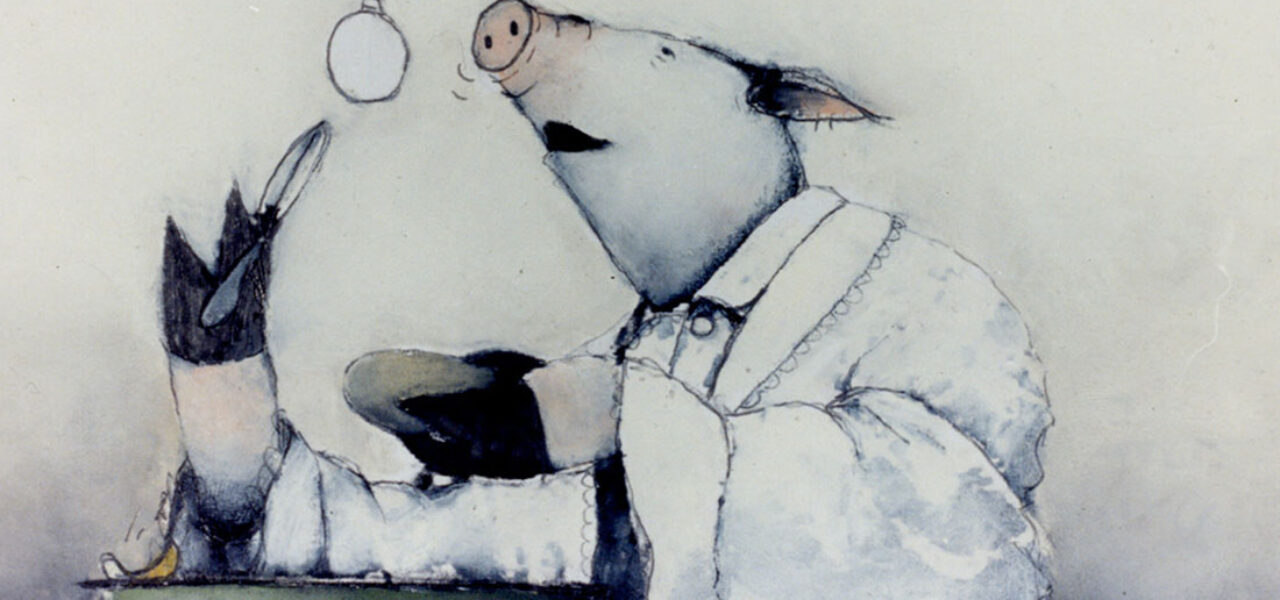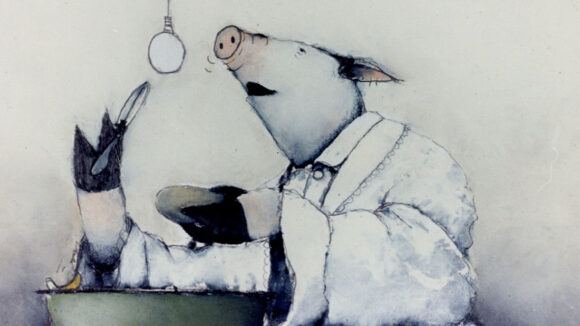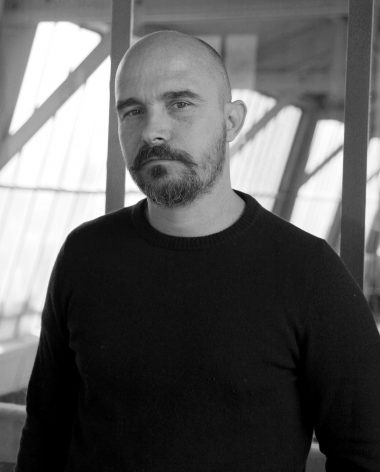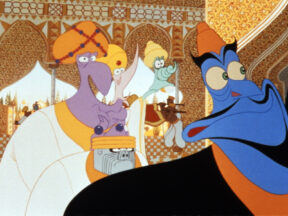

The Animation That Changed Me: Jérémy Clapin on ‘When The Day Breaks’
Jérémy Clapin is our guest for this week’s edition of The Animation That Changed Me, a series in which leading filmmakers discuss one work of animation that deeply influenced them. The French director made his name with a run of highly acclaimed short films, including 2008’s Skhizein, before moving to feature filmmaking with the Oscar-nominated I Lost My Body (which can be watched on Netflix). His choice is When the Day Breaks, the multi-prizewinning short film directed by Amanda Forbis and Wendy Tilby at the National Film Board of Canada. Over to Clapin:

I first saw When the Day Breaks at Annecy Festival in 1999. This film totally gripped me: the formal freedom, with the mix of traditional animation and rotoscoping; the rhythm, with the jitteriness of the editing and camera movements, and the sound design. It was unique — I’d never seen this before. The film was insanely sensorial.
I wasn’t sure what the film was about, and that hardly mattered to me. It had spoken to me — it had taken me on a journey to another place, with its own rules. I felt like I was inside the film, and that the directors were trusting the viewer’s intellect and imagination. It wasn’t all limpid and clear; the film was living before us, and our perspectives as viewers — as humans — were an essential part of it.
At the time, I was finishing my course at L’École nationale supérieure des Arts Décoratifs (ENSAD) in Paris, where I specialized in illustration. During the course I’d done a bit of everything: graphic design, set design, printmaking, typography, animation. I was really drawn to animation, but I was struggling to find a way into it as a profession. I wasn’t an animation craftsman — that wasn’t what ENSAD’s teaching was about. What I liked was the vast potential of this technique and what it offered: the ability to make films alone.
Also, you have to remember the context of the time, when there was very little internet. Outside animation festivals, there was almost no way to watch independent and short-form animation. Animation was Disney, Pixar, Ghibli, and MTV! Each time I saw a short film, it knocked me out. I thought: wow, you can do that? It was dizzying.
Watch “When the Day Breaks” below:
I rewatched When the Day Breaks recently and love it as much as ever. I think the short film is the format of choice for animation. That’s where the auteur can deliver their work most directly to the viewer. The film’s short length enables the creation of a language, of conventions, that may be harder to sustain over a longer format.
I like it when cinema keeps viewers active and doesn’t take them for fools. When I see this film, understanding it isn’t necessarily what’s important to me. That isn’t the point — there’s no plot, strictly speaking. What’s important to me is to feel something. It’s a bit like when I listen to music: it’s carnal, visceral. The film makes me feel the fragility of the everyday. The invisible, random connections that link our individual solitudes.
Solitude is an area I’m especially keen on. Every kind of solitude is different, and all offer a different perspective on life. That’s what I like. And the setting for all this is the city that watches us go round, that plans our trajectories. I like this urban poetry.
As a viewer, I like it when space is left for me inside a film. By this, I just mean that the director has cared for me and considered me as an individual, not a consumer. Nothing bores me more than a film that addresses everyone in the same way. In my work, I try to leave room for the viewers so that they aren’t passively sitting there, but rather telling themselves their own stories within mine.
Regarding rotoscoping, I spent a long time thinking about whether to resort to this technique on live-action images for I Lost My Body. In the end I opted for a form of rotoscoping based on 3d animation. The aim was to harness the advantages of 3d (cameras, fidelity to the models, realism) without the disadvantages (a realistic rendering that’s cold and heavy), and also the advantages of 2d animation (spontaneity, an evocative quality, the pictorial aspect) without the disadvantages (cost, difficulty of a realist approach).
I love When the Day Breaks, so I see no flaws in it. I like accidents, faults — they’re linked to the authenticity and fragility of creation. To me, perfection in a film would be a flaw. Unfortunately, I’ve never had the chance to discuss the film with Wendy Tilby or Amanda Forbis. I don’t believe we’ve ever met. I was fortunate enough to see their film Wild Life, which I also liked a lot. They have their own sense of narration and comedy!
Clapin’s comments were translated from French.

.png)

